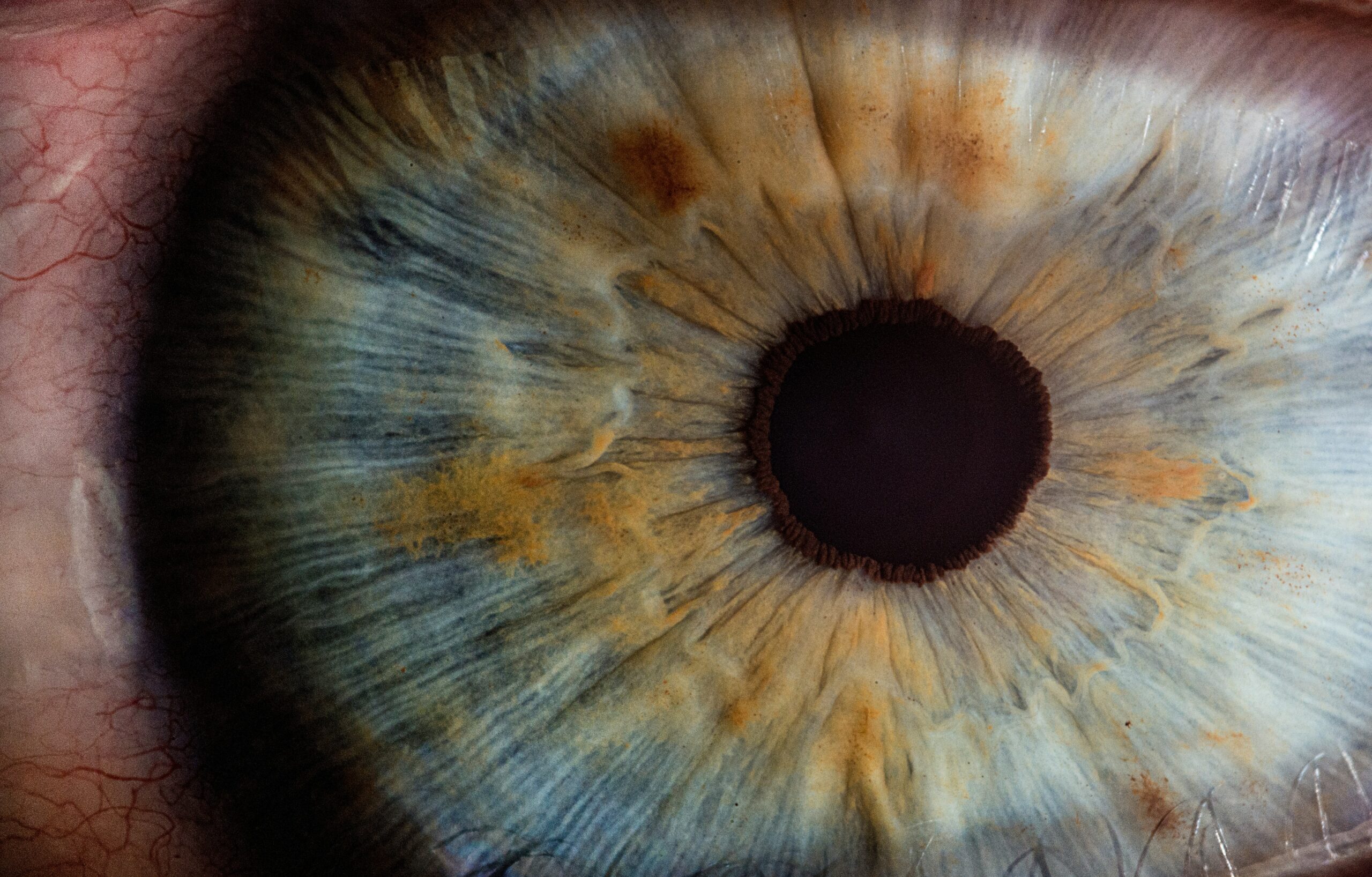Glaucoma: Causes, Symptoms, Treatment

Glaucoma is a serious eye condition that can lead to permanent vision loss if left untreated. It is often referred to as the “silent thief of sight” because it progresses slowly and without noticeable symptoms in the early stages. In this article, we will explore the causes, symptoms, treatment options, and prevention strategies for glaucoma.
What is Glaucoma?
Glaucoma is not a single disease but a group of eye conditions that damage the optic nerve, which is responsible for transmitting visual information from your eyes to your brain. This damage is often caused by high intraocular pressure (pressure inside the eye). However, it’s important to note that glaucoma can also occur even with normal eye pressure.
The condition can affect people of all ages, but it is more common in older adults. Early detection and management are crucial to prevent irreversible vision loss.
Causes of Glaucoma
Glaucoma has several causes, which can vary based on its type. Here are the common factors:
-
Increased Eye Pressure (Primary Open-Angle Glaucoma)
The most common type of glaucoma occurs when the drainage system in the eye becomes less efficient, leading to a gradual build-up of pressure.
-
Sudden Blockage (Acute Angle-Closure Glaucoma)
In this type, the angle between the iris and cornea becomes blocked, causing a rapid increase in eye pressure.
-
Genetics
Family history plays a significant role. If someone in your family has glaucoma, your chances of developing it are higher.
-
Injury or Trauma
Eye injuries, surgeries, or severe infections can damage the optic nerve or affect eye pressure, increasing the risk of glaucoma.
-
Medical Conditions
Conditions like diabetes, hypertension, and certain eye disorders can contribute to the development of glaucoma.
-
Prolonged Use of Steroids
Long-term use of steroid medications can increase eye pressure, leading to secondary glaucoma.
Symptoms of Glaucoma
In its early stages, glaucoma often shows no symptoms. This is why regular eye check-ups are crucial, especially if you fall into the high-risk category. However, as the condition progresses, you may notice the following signs:
Primary Open-Angle Glaucoma
This is the most common type. Symptoms include:
- Gradual loss of peripheral vision (side vision)
- Difficulty seeing in dim light
- Tunnel vision in advanced stages
Acute Angle-Closure Glaucoma
This type is less common. Symptoms include:
- Severe eye pain
- Sudden onset of blurred vision
- Halos around lights
- Redness in the eye
- Nausea and vomiting
Congenital Glaucoma (In Children)
Symptoms include:
- Enlarged eyes
- Excessive tearing
- Sensitivity to light
Types of Glaucoma
There are several different types of glaucoma, each with its own unique characteristics and causes. Here are some of the most common types:-
- Primary Open-Angle Glaucoma– It progresses slowly and may not show symptoms until significant vision loss occurs.
- Acute Angle-Closure Glaucoma- A medical emergency, this type requires immediate attention to prevent vision loss.
- Normal-Tension Glaucoma– This occurs even with normal eye pressure, possibly due to poor blood flow to the optic nerve.
- Secondary Glaucoma– Caused by another condition, such as eye injuries, infections, or the use of certain medications.
- Congenital Glaucoma– Found in infants and young children, it is usually due to developmental issues in the eye.
How is Glaucoma Diagnosed?
Regular eye examinations are the best way to catch glaucoma early. During a comprehensive eye check-up, your ophthalmologist may perform the following tests:
- Tonometry: Measures intraocular pressure.
- Ophthalmoscopy: Examines the optic nerve for damage.
- Perimetry: Tests peripheral vision to detect blind spots.
- Gonioscopy: Checks the angle where the iris meets the cornea.
- Pachymetry: Measures corneal thickness, which can influence eye pressure readings.
Treatment Options for Glaucoma
The goal of glaucoma treatment is to reduce eye pressure and prevent further optic nerve damage. While vision already lost cannot be restored, timely treatment can protect your remaining eyesight.
Medications
The first step in treating glaucoma often involves medications to help manage eye pressure.
- Eye Drops: These are usually the first line of treatment. They work by either reducing the production of fluid in the eye or improving its drainage.
- Oral Medications: If eye drops alone are not effective, oral medications may be prescribed.
Laser Therapy
When medications are not sufficient, laser therapy can be an effective treatment option to treat glaucoma.
- Trabeculoplasty: Used for open-angle glaucoma, this procedure improves the drainage of fluid.
- Iridotomy: This procedure is used for angle-closure glaucoma and creates a tiny hole in the iris to improve fluid flow.
Surgery
When medications and laser treatments are not enough, surgical procedures may be recommended:
- Trabeculectomy: Creates a new drainage pathway for fluid.
- Shunt Implantation: Involves placing a tiny device to help drain fluid from the eye.
Lifestyle Modifications
Making some changes in your daily habits can significantly aid in managing glaucoma and maintaining overall eye health. Here are some essential lifestyle modifications to consider:
- Follow your prescribed treatment plan diligently.
- Maintain a healthy diet rich in fruits and vegetables, especially leafy greens.
- Avoid smoking and excessive caffeine, as these can increase eye pressure.
- Engage in regular exercise, but avoid activities that strain your eyes.
Can Glaucoma Be Prevented?
While you cannot completely prevent glaucoma, you can reduce the risk of severe damage by following these steps:
- Get Regular Eye Check-Ups: Especially if you are over 40, have a family history of glaucoma, or have other risk factors.
- Know Your Family History: Awareness can help you take preventive steps early.
- Protect Your Eyes: Wear protective eyewear during sports or risky activities.
- Manage Other Health Conditions: Keep conditions like diabetes and hypertension under control.
Living with Glaucoma
Being diagnosed with glaucoma can be overwhelming, but with proper management, you can lead a normal life. Regular follow-ups with your ophthalmologist are essential to monitor the condition. Make sure to adhere to your treatment plan and report any changes in your vision immediately.
Support groups or online communities can provide emotional support and practical tips for managing daily challenges.
When to Seek Immediate Help
If you experience any of the following symptoms, it’s crucial to seek medical attention right away:
- Sudden loss of vision
- Severe eye pain
- Extreme sensitivity to light
- Redness in the eye accompanied by pain
Conclusion
Glaucoma is a serious condition that requires timely detection and consistent care. While it cannot always be prevented, early diagnosis and treatment can help preserve your vision. Regular eye check-ups, especially after the age of 40 or if you have risk factors, are key to protecting your eyesight.
By staying vigilant about your eye health and following medical advice, you can reduce the impact of glaucoma and maintain a good quality of life. If you suspect any issues with your vision, don’t wait—consult an eye specialist promptly.
Take Action Today!
Don’t wait until it’s too late – schedule your eye exam today! Our experienced eye care professionals will provide you with a comprehensive eye exam and recommend treatment options tailored to your needs.
Leave a Comment!
Have you had a recent eye exam? Share your experience with us in the comments below! Do you have any questions about eye health or vision care? Ask us and we’ll do our best to answer!
By taking care of your eyes and prioritizing your vision health, you can enjoy a lifetime of clear and healthy vision. Thank you for reading!


